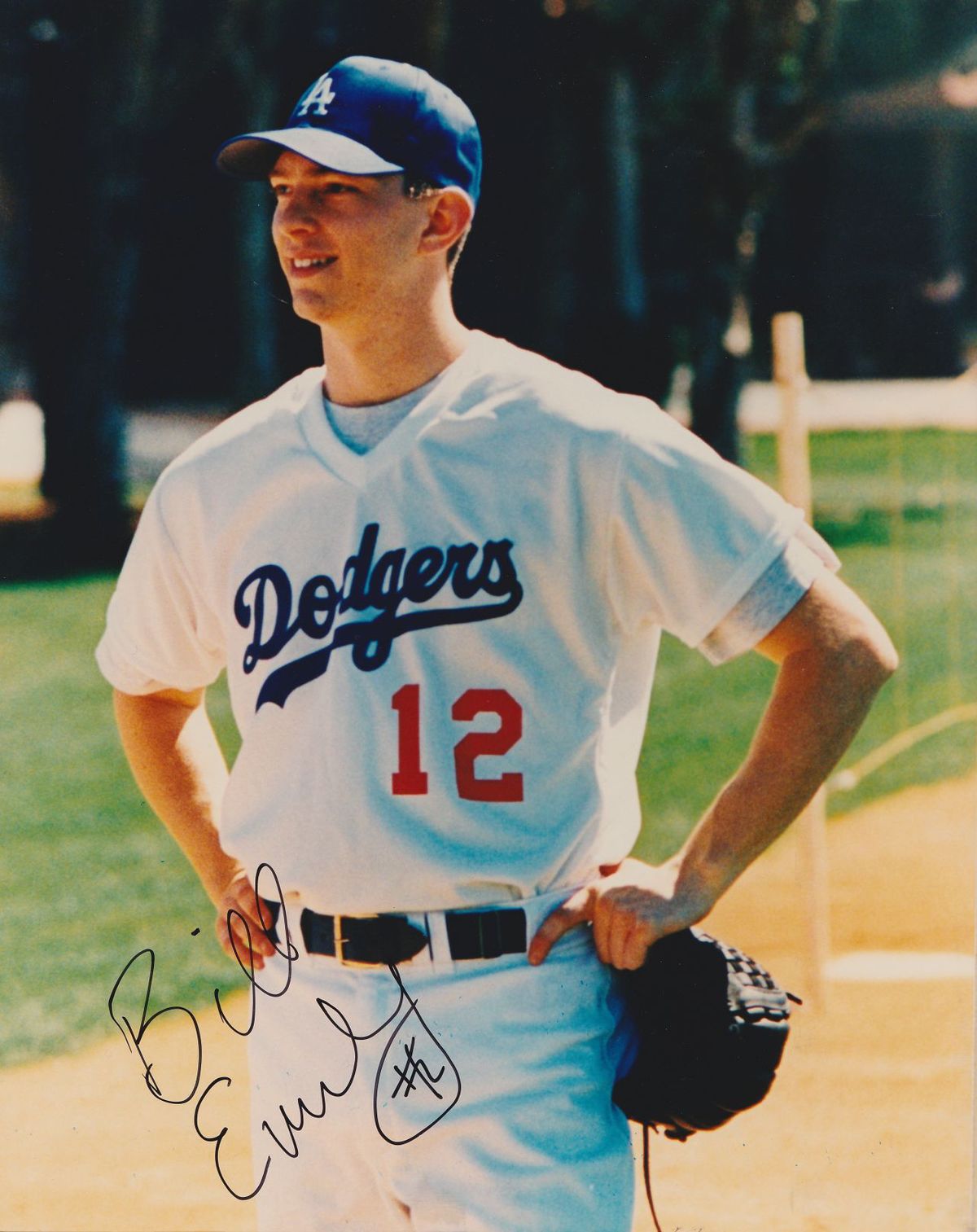Bill Everly: Former AAA Dodgers RHP
1. Could you tell us your story on dropping down?
I started dropping to submarine/sidearm in the Spring of 1998 at the direction of the Dodgers Minor League staff. It wasn't my choice, it was what I was instructed to do... This was my second professional year, and my first spring training. I continued to throw from that arm angle for 3 full seasons with the Dodgers.
2. What are some of the advantages you had from your arm angle?
The major advantage was that I could throw almost every day. Although the Dodgers had an internal rule that relievers should not throw on 3 consecutive days, I could have easily done so without risk of injury (& did a couple times in 1999, with permission from our leadership).
3. If you didn't drop down, do you think you would have had the same success?
I 'd like to think I would have. Although my 'normal' (conventional delivery) pitching style was very different than the sidearm delivery, I hit a growth spurt 1998/1999 that added about 15# and a lot of strength to my frame, so I have often wondered what that maturity and strength would have done to add velocity to the 89-91mph fastball that I had been throwing from my conventional delivery in 1997. Although I did have some success as a sidearm pitcher, looking back, I wish I could have remained at a conventional delivery and had a chance to see what additional weapons could have been developed through coaching and physical growth.
4. What would you tell someone debating on changing their arm angle?
To think about why they are contemplating a change. There are definite positive things that can be gained by this type of transition, but such a radical change to a "gimmick' arm angle do come at a cost.
5. Are there any mechanical tips that you'd give to someone throwing sidearm/submarine?
The important mechanical points for me were to remain free/loose with my arm & wrist to fully utilize the spin generated by this angle (to get the maximum sink/run on the ball). It was also important to continue to apply the basics of tempo, balance, and control to be able to produce consistent results.
6. What pitches did you throw?
I threw a 2 & a 4 seam fastball (the 2-seam was the typical, go-to pitch), a slider (mostly flat with a little sink) whose velocity could be varied, and a changeup that had a little bit of sink to it. The fastball was typically 82-83, but I could add a few mph by raising my arm angle slightly (more sidearm vs. the typical submarine arm slot).
7. How did you pitch to lefties/righties?
Right handed hitters got a steady diet of 2-seamers sinking down and in & sliders away. By varying the velocity on both pitches, it gave me some options. Also, I could mix in a changeup, but I usually went to the slider and took something off it to provide a significant change of speed. How did I pitch to lefties? The answer is "not that well"! Left handed hitters were always a tough out for me. 2-seamers away and changeups were my plan, but I struggled (as many sidearm/submarine pitchers do) to get outs from hitters on the other side of the plate... Sometime, I would use the 4-seam fastball to keep the ball in to them, but that was a dangerous gamble.
8. What was your favorite part about pitching from down there?
I liked being able to compete & help my team every day. With the low amount of wear & tear on my arm, I could throw 1-2 innings almost daily. I also was able to get ready to go in the game incredibly fast, which was an asset to my team. Typically, 6-10 tosses in the bullpen (coupled with my warmups on the field) was enough.





